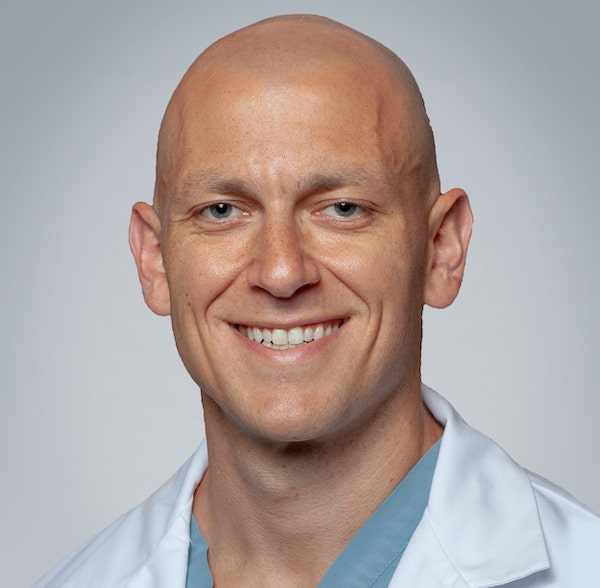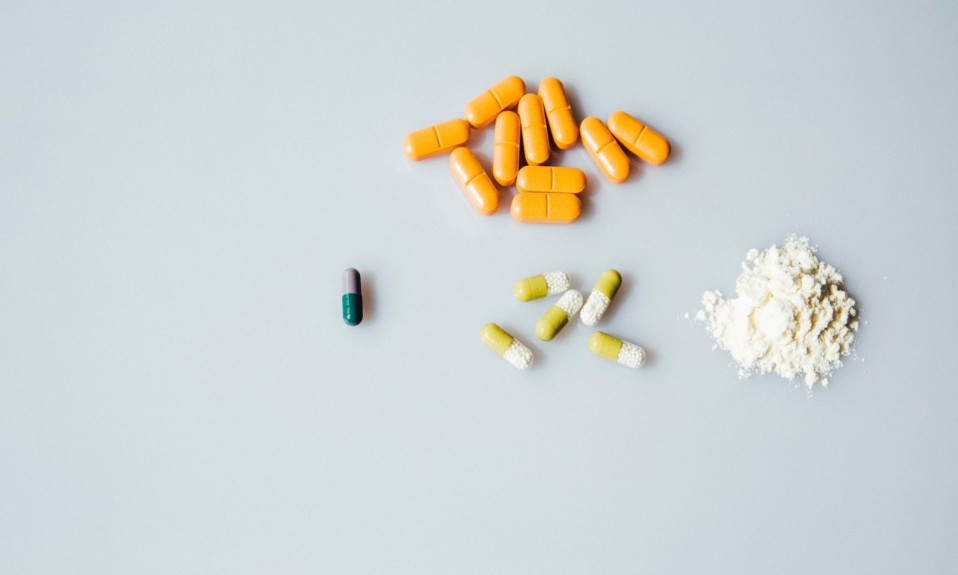Plus: Early numbers on New York’s safe injection sites, and a study debunking fentanyl overdose-on-contact
By Mark Mravic
Can a new way of thinking about early substance use be the key to reversing addiction trends in the U.S.? In a groundbreaking new opinion piece, several major figures in the treatment field argue for adopting the concept of “pre-addiction,” creating new strategies for detection of and intervention in substance use before it reaches a critical stage.
Also this week, interesting statistics from the first two months of New York City’s overdose prevention centers, and a scientific debunking of the notion that you can OD on fentanyl just by touching it.
From JAMA Psychiatry:
Pre-addiction—a New Way to Think About Substance Use
Three heavy hitters in the field of addiction treatment have proposed a revolutionary way of looking at the early stages of alcohol and drug use, to help identify how and when it transitions to more serious forms of consumption and intervene before full substance use disorder (SUD) develops. The idea comes in a viewpoint column posted on JAMA Psychiatry by Thomas McLellan, PhD, founder of the nonprofit Treatment Research Institute and professor emeritus of psychiatry at the University of Pennsylvania; George Koob, PhD, director of the National Institute on Alcohol Abuse and Alcoholism (NIAAA); and Nora Volkow, PhD, director of the National Institute on Drug Abuse (NIDA).
Recognizing the distressingly low rates of treatment for serious addiction (20%) and the significant potential to intervene during the often-long progression toward full SUD, McLellan, Koob and Volkow suggest a new clinical, policy and public approach to substance use, modeled on the line taken by the diabetes field. After historically focusing only on those most severely affected by diabetes and seeing rates of the disease continue to climb, in 2001 the American Diabetes Association strategically suggested the term “prediabetes” to change the way people address the disease. Extensive public awareness, advocacy and advertising campaigns followed, and partnerships with healthcare organizations and insurers led to earlier interventions. The move, the authors note, has resulted in improved risk detection rates, earlier initiation of treatment, and successes in halting the progression to diabetes.
The addiction field, the authors argue, should adopt the term pre-addiction in a “broad, well-organized, and sustained strategy applied concurrently at the clinical, public, and policy levels.”
Specifically, they say, integrated efforts should be developed in three areas:
- Measures to define and detect pre-addiction. While research efforts into neurological factors and other objective measures of early addiction evolve, DSM-5’s criteria for mild and moderate addiction are a “reasonable starting point” for clinicians to define pre-addiction.
- Engaging, effective interventions for pre-addiction. In addition to screening, intervention and referral to treatment for the early stages of substance use, the authors call for a broader range of medications, as well as social support and awareness—including use of social media such as Twitter, TikTok and YouTube.
- Public and clinical advocacy. The authors call for more education in medical and nursing schools on procedures for screening and tracking early-stage substance use, and greater willingness from insurers to reimburse such procedures.
“The long latency from use to disorder offers a significant window of opportunity for clinical interventions to stop progression,” they write, adding that “early-stage harmful substance misuse is a pervasive, costly, and serious public health risk in itself.”

Volkow expanded on the concept on her NIDA blog. “Far too often, the expectation is that someone must hit ‘rock bottom’ before treatment can work. But this is a myth that can have dire consequences,” she wrote. “We are proposing the term ‘pre-addiction’ because it gives a readily understandable name to a vulnerable period of time in which preventive care could help avert serious consequences of drug use and severe substance use disorders. This is akin to how we counsel and provide for care to prevent chronic diseases like heart disease or diabetes for patients who demonstrate higher risk of developing those conditions.” Recognizing that such a radical “rebranding” will raise questions, Volkow says she and her colleagues want to hear from “multiple perspectives and diverse voices” as the idea is debated.
From JAMA Network:
Promising Data from New York City’s Overdose Prevention Centers
The early numbers are in for the country’s first recognized overdose prevention centers (OPC), which provide safe, monitored settings for people to use drugs and where staff can intervene in the event of an overdose. A study published on the JAMA Network breaks down the statistics from the first two months of operation for New York City’s two OPCs, which opened in late November 2021.
The biggest takeaway: Across 5,975 instances in which people used drugs at the two facilities, there were zero fatal overdoses.
Other numbers:
Demographics
- The 5,975 uses at the centers involved 613 distinct individuals
- 78% of users were male
- 55.3% identified as Hispanic, Latin or Latina (the two sites are located in Harlem and Washington Heights in Manhattan, which have large LatinX populations)
- 36.9% reported being street homeless
- Fewer than 1 in 5 (17.8%) said they had an apartment or room for themselves
Usage
- Heroin or fentanyl was used in 73.7% of cases
- The most frequent route of administration was injection (65%)
- 75.9% of participants said they would have used their drugs in a public or semi-public place if not for the OPC
Interventions
- Trained staff intervened 125 times to mitigate overdose risk
- Naloxone was administered 19 times and oxygen 35 times
- Staff intervened 45 times to provide hydration, cooling and de-escalation for potential stimulant overdose
- Emergency services were called five times, and three participants were transported to emergency rooms
- 52.5% of individuals received additional support during visits, including naloxone distribution, counseling, hepatitis C screening and other medical and holistic care
In an accompanying commentary on the JAMA Network, Elizabeth A. Samuels, MD, MPH, MHS, of Brown University and Dennis A. Bailer, PRS, and Annajane Yolken, MPH, of Project Weber/RENEW in Rhode Island, write: “The opening of OPCs in the U.S. is an important addition to our national overdose-prevention strategy. These centers alone will not solve the overdose crisis but are one component of a comprehensive, person-centered strategy to reduce overdose deaths. This includes treating people with dignity, rather than stigmatizing, criminalizing, and incarcerating them, and addressing root causes of substance use, particularly systems that produce health inequities.”
From Prehospital and Disaster Medicine:
Debunking Tales of Fentanyl Overdose Through Skin Contact
Despite the best efforts of scientists, medical professionals and addiction experts, the idea that it’s possible to overdose on fentanyl just by touching or being near it persists. This notion has been perpetuated over the past several years by repeated reports of police officers fainting or suffering other adverse responses after presumed accidental exposure to the powerful opioid—and by breathless, unquestioning media coverage of these purported OD-on-contact cases. For instance, in June a Kansas City TV station broadcast the gripping story of an officer who “needed” five doses of Narcan to reverse an overdose after handling fentanyl. “I knew I was dying,” the cop said.

So when toxicologist Ryan Feldman, PharmD, of the Medical College of Wisconsin accidentally spilled a large amount of liquid fentanyl on his hands, he decided to conduct an impromptu study of the effects. In short, he found there were none. Instead, the study notes, Feldman “underwent appropriate decontamination [that is, he washed his hands] and a brief medical assessment with no clinical effects of opioid exposure observed.”
Liquid fentanyl is skin-soluble, but Feldman and co-author Benjamin Weston, MD, performed some modeling and found that even carfentanil, an extremely potent form of fentanyl, “would need two minutes of exposure to the full palmar hand surface area of each hand to absorb a biologically relevant dose, and up to 44 minutes to absorb a lethal dose.” So if you accidentally touch fentanyl, Feldman notes, you have plenty of time to just wash it off.
Reporting on Feldman’s paper, Dan McQuade at Defector notes that officers who supposedly OD upon contact with fentanyl never report euphoria—the reason people take the drug in the first place—or symptoms of opioid overdose such as blue lips and fingernails, limpness and a lowered heart rate. What these cops do consistently report experiencing—racing heart, bloodshot eyes, shortness of breath, etc.—are in fact telltale signs of a panic attack. Critics of the Kansas City news story also pointed out that repeated doses of Narcan to no effect might just possibly suggest that no opioid overdose was taking place. Writes McQuade at Defector: “It’s pretty clear that police, sometimes other emergency personnel, are simply suffering panic attacks—quite possibly because they, like everyone else, had heard all those previous stories about these kinds of impossible overdoses.”
In a related story, MedPage Today reported last week that the Centers for Disease Control and Prevention (CDC) quietly removed from its website an “instructional” video purporting to show a dangerous real-world police fentanyl exposure. Experts have repeatedly said that the video misleads law enforcement officers about their risks of fentanyl overdose on the job. The CDC told MedPage that it took the video down because it “may mischaracterize the risks facing these workers and … fails to share other potential causes of the health effects seen in the video.” MedPage Today editor Jeremy Faust, MD, MPC, applauded the removal. Said Faust: “People linked to that BS for so long whenever we’d try to correct misinformation.”
Top photo: Markus Spiske














